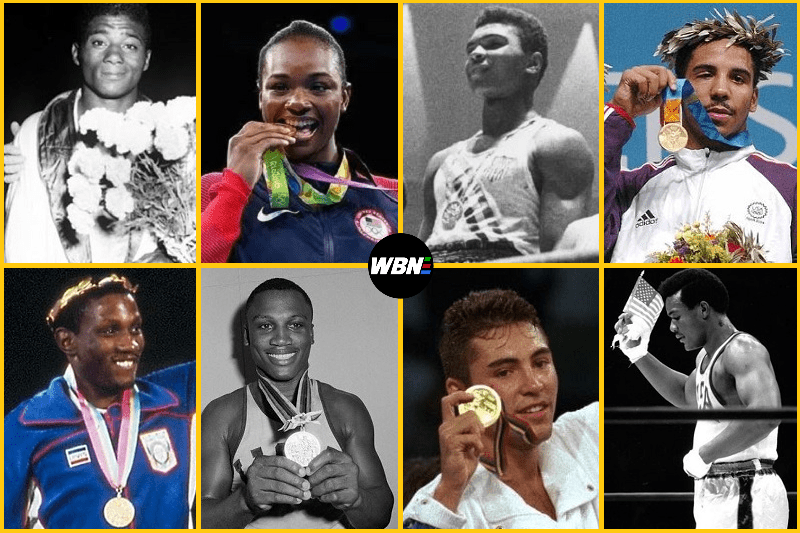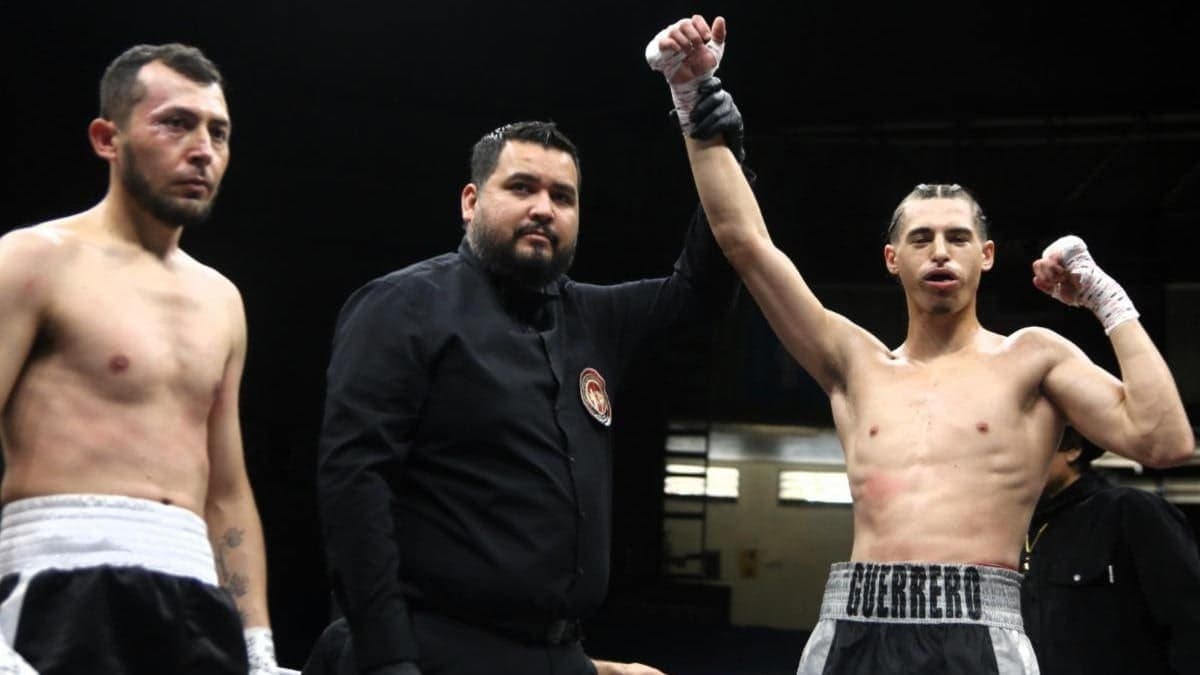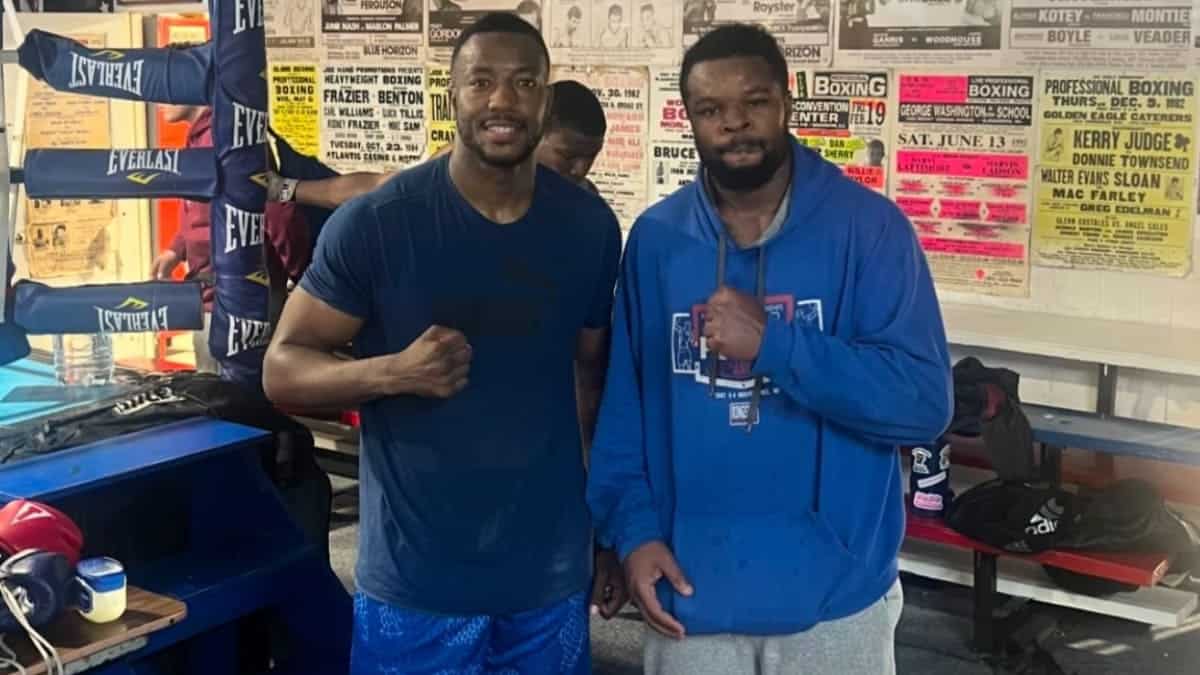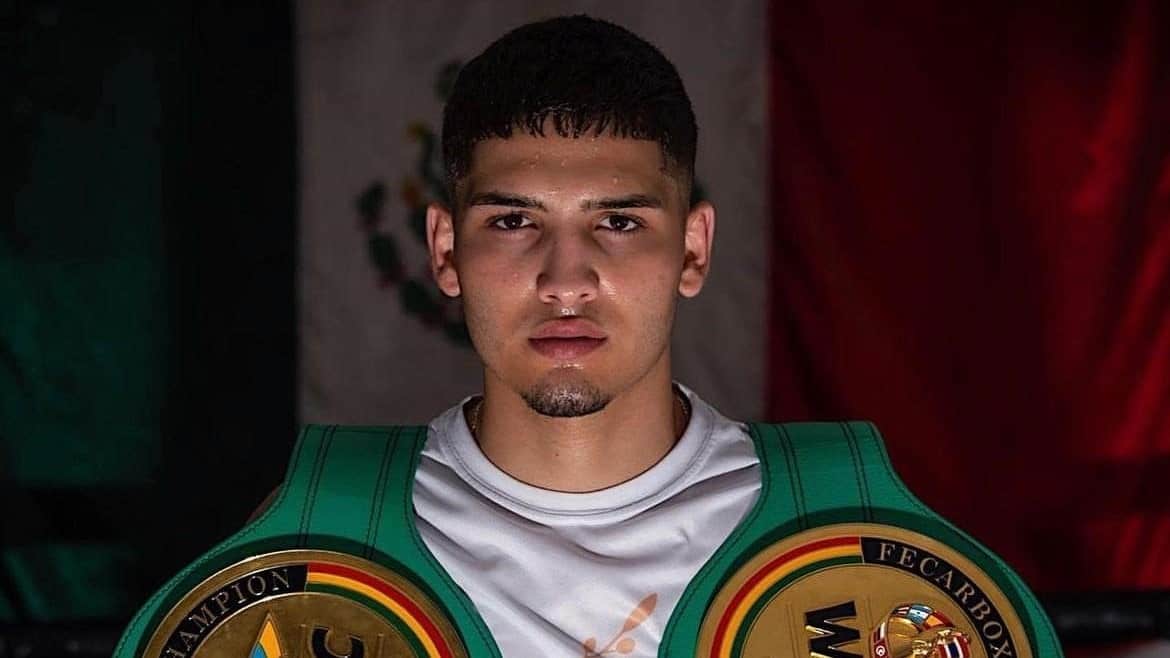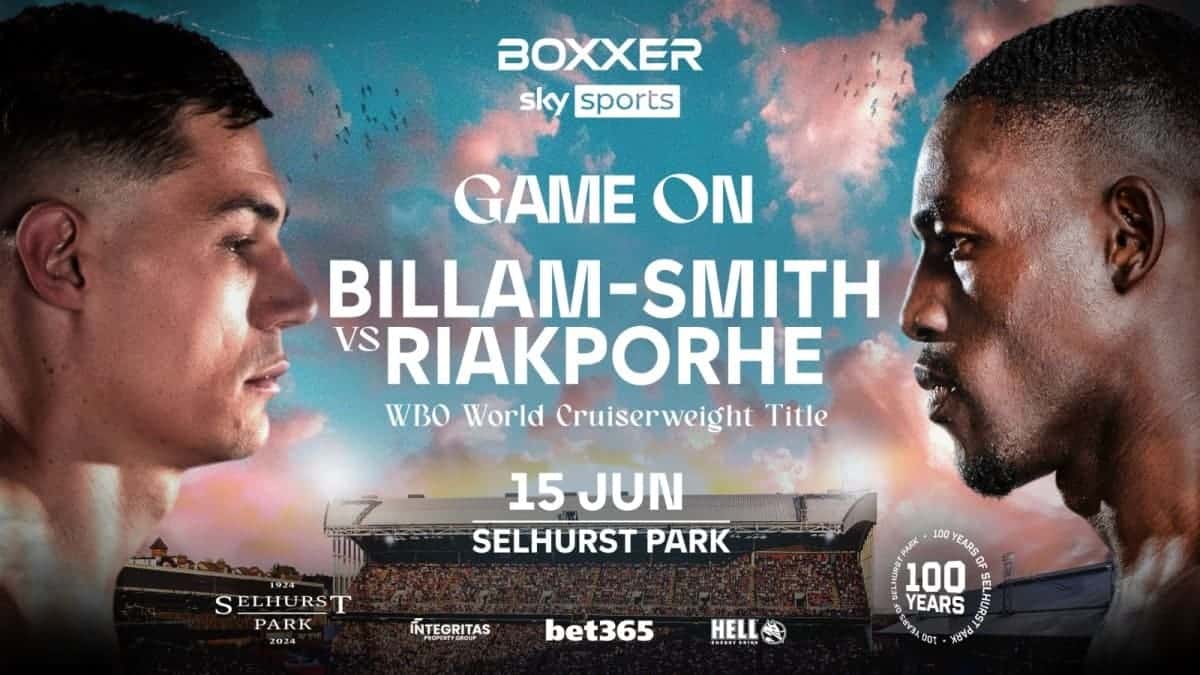World Boxing News continues its look back at the 50 gold medalists from the United States of America Olympic Boxing Teams over the years.
Below, we chart from 1928 to 1952.
1928
Picking up at the 1928 Games in Amsterdam, the USA squad managed to grab two silver medals and one bronze.
1932
Moving on to 1932, USA sent out a team of eight at their home of Los Angeles in California. Two gold medals were captured.
EDWARD (EDDIE) FLYNN
Fighting professional prior to heading back to the amateurs, Flynn was a member of the Loyola University Wolf Pack.
Embarking on the continuation of his pair career after claiming welterweight gold in 1932, Flynn endured mixed results and never fought for a world title.
CARMEN BARTH
Barth was just 19 years old when striking it gold in LA at the middleweight limit. Suffering a few losses during a busy start to his life in the pros, Barth was famously involved in what was described as ‘one of the greatest fights in boxing history’ in 1937.
Scrapping with Erich Seelig in Cleveland over ten rounds, Barth lost on points. The pair rematched eight months later in the same city, with Barth avenging his defeat.
Less than a year later, Barth fought for the world middleweight title for the only time in his ring tenure. He lost in seven rounds to Freddie Steele.
Later finishing his career in Australia, Barth retired in 1941.
1936
Sending an eight-strong team to Berlin, the USA took home one silver and one bronze.
1940 & 1944
No Games due to World War II
1948
USA Boxing won one silver during the London Olympic tournament.
1952
In Helsinki, Team USA came to the fore as one of the major players in the sport, post-war.
A marvelous haul of five gold medals, including a familiar name and the first to reach superstar level, was secured during the summer.
NATE BROOKS
Cleveland’s Brook took home the flyweight gold and turned pro in January 1953. Losing just one of his first ten bouts, Brook claimed the US Bantamweight title in 1954.
On the cusp of a world title, Brooks lost for the second time in 1954 before losing a further five bouts on the trot. After a two-year retirement, Brooks returned in 1958 but was defeated twice more before handing them up for good.
CHARLES ADKINS
Adkins, from Gary, Indiana, took home the light-welterweight gold. His clash with Viktor Mednov is revered as being the first-ever bout between the United States and Russia.
After taking the top amateur prize, Adkins decided against entering the paid ranks.
FLOYD PATTERSON – WORLD CHAMPION
The first boxer to triumph at the Olympics and eventually become a legend in his field once transitioning to the pros, Floyd Patterson needs no introduction.
Winning the 75kg gold medal, Patterson returned a charismatic hero and turned pro instantly. Thirteen straight wins followed.
A shock loss to the highly-experienced Joey Maxim led to the re-evaluation of Patterson’s trajectory towards a world title.
Just over a month after the reverse, Patterson was back in action reeling off sixteen more victories. After moving up to heavyweight a year earlier, Patterson was pitched in for a heavyweight title eliminator in 1956.
Winning a split decision over Tommy Jackson, Patterson then fought legendary figure Archie Moore for the vacant crown. At the time, Moore was almost 40. Patterson was just 21.
In a changing of the guard moment, Patterson halted Moore in five rounds to create history as the youngest top division ruler of all time. He would hold the record for 30 years.
Four successful defenses followed until a certain Ingemar Johansson came calling for his shot. In what became a game-changing moment, Johansson won before facing Patterson immediately and dropping the belt.
Patterson again created history in becoming the only two-time heavyweight king and also the first to regain the title in a straight rematch.
With his C.V piling up and the weight limit increasing all the time, the task of remaining at the helm despite his slighter frame was taking its toll.
A huge challenge awaited Patterson after he’d floored Tom McNeeley eleven times in his easiest defense in late 1961. Having nine months off was unheard of for Patterson at that time and not ideal preparation for one Sonny Liston.
Liston was a beast of a man and just too big and strong for Patterson. In two fights, Liston beat Patterson in the first round twice, taking just over two minutes to get the job done each time.
Deciding against a drop-down in weight, Patterson challenged Muhammadi Ali in 1965, Jimmy Ellis in 1968 and Ali again in 1972 without further championship success.
NORVEL LEE
A famous Olympic story survives from Norvel Lee’s time in the ring despite no record of a pro career. Lee headed to the 1952 Games at a back-up for heavyweight Ed Sanders.
Once arriving in Finland, Lee was told he could compete in the light-heavyweight competition if he could successfully lose the weight.
Lee astonishingly lost twelve pounds and went on to take the top prize by beating Antonio Pacenza in the final.
Spurning lucrative offers, Lee stayed amateur and eventually took up a university coaching position. Eventually working with the WBA, Lee was inducted into the Boxing Hall of Fame.
ED SANDERS
In a link between the teams which would eventually turn into an historic fight, Sanders won gold by defeating Ingemar Johansson. The fact Johansson would go on to share two epic fights with the middleweight gold medalist says a lot.
Sanders scored first blood for the USA, though. Despite his promise, Sanders won six of his first nine pro bouts and never got the chance to get to the top level.
A New England Heavyweight title fight ended in tragedy as Sanders took on former sparring partner Willie James in 1954 at the Boston Garden.
Dropped in the eleventh round of a slugfest, Sanders was rushed to hospital with a blood clot on his brain and died three days later. James, a good friend of Sanders, fought once more and retired himself after being knocked out in two rounds.
Look out for Part three of the new series on World Boxing News ahead of the 2020 Games.

